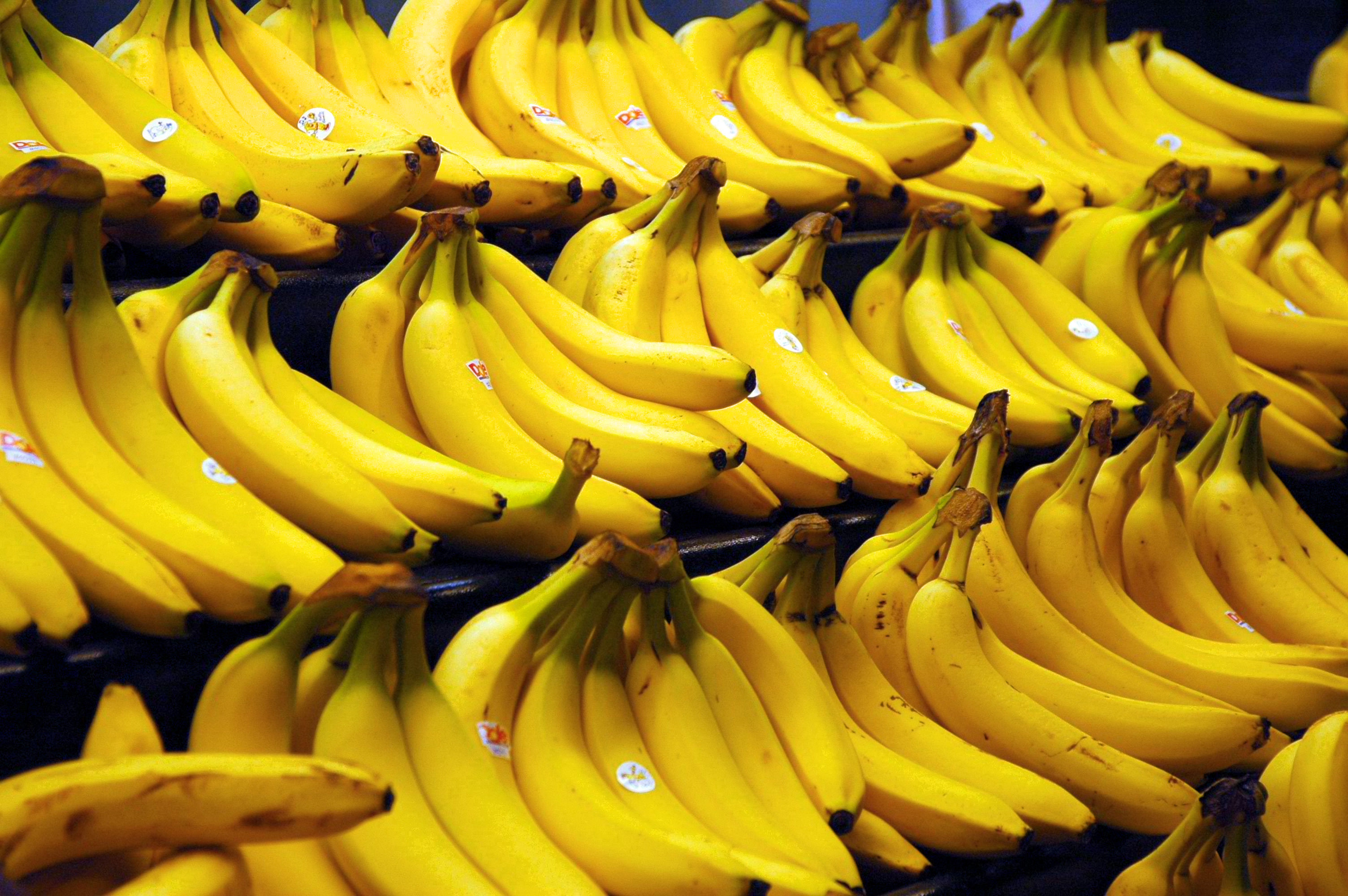
If you recognize this shot, you're probably hearing the old All My Children theme song playing in your head right now.
(Photo from David R. Jackson's site about soap opera songs)
So my question was, why are they called "soap operas" anyway?"
- Soap: When they were first broadcast on the radio and later on TV, these programs were sponsored by laundry soap companies. Based on what I've seen lately, Procter & Gamble is still the biggest advertiser.
- Opera: The stories are characterized by larger-than-life plots with excessive melodrama, the same as actual operas.
- They've also been called "chewing gum for the eyes," "mindless entertainment," "a shameful addiction," "my stories," and "social realism."
- They're written for women at home (housewives) who may be faithful watchers, but who also may be interrupted by household chores. Thus, in the midst of their dramatic dialogue, the characters will catch you up on what's happened lately.
- One source claims that soap operas are the most popular form of television programming in the world.
- They first appeared on the radio in the 1930's and made the switch to TV in the late 1940's and early 1950's.
- Guiding Light was first broadcast in 1937. With the exception of a few years' hiatus in the 1940's, the story has aired every weekday since, making it arguably the longest story ever told. [Update: CBS is canceling Guiding Light. The last episode will air on September 18, 2009.]
- Radio soaps used organs for background music, and to emphasize dramatic events. Organs were cheaper than orchestras. TV soaps also used organs up until the 1970's.
- TV soaps are characterized by other low-budget production methods, such as recording the shows on videotape rather than on film.
- Soaps rely on a lot of "backlighting" for dramatic visual effects. This highlights the actors' hair and gives them a special kind of glow and also casts interesting shadows across the face. All TV shows used to use backlighting, but most have abandoned it because of the unnatural effects it creates -- except for the soaps, of course.

As the World Turns' Martha Byrne, all lit up with the backlighting.
(CBS photo from AllExperts)
- Soaps also use a lot of brown in their sets -- dark brown wood (or what looks like wood), brown leather, dark wallpaper, and gold accents. This is to make the places your favorite characters go look very expensive, which is supposed to mean that your favorite characters are very wealthy. Which of course they are.
- Soaps don't have to air in the daytime to be considered soap operas. Some night-time shows have enough cliff-hangers, multiple marriages, and evil twins of their own to be called soaps. You'd be surprised at some of the candidates that make this list:
- Dallas, Dynasty
- Knots Landing
- St. Elsewhere
- Hill Street Blues
- Beverly Hills 90210
- Melrose Place
- E.R.
- The West Wing.
Gotta go -- All My Children is on right now!
SourcesImage from Wikipedia's entry on All My Children
Merris Griffiths, "Why are soap operas so popular?" Media and Communications Studies, University of Wales, Aberystwyth, November 15, 1995
Laborlawtalk's encyclopedia entry on soap operas















